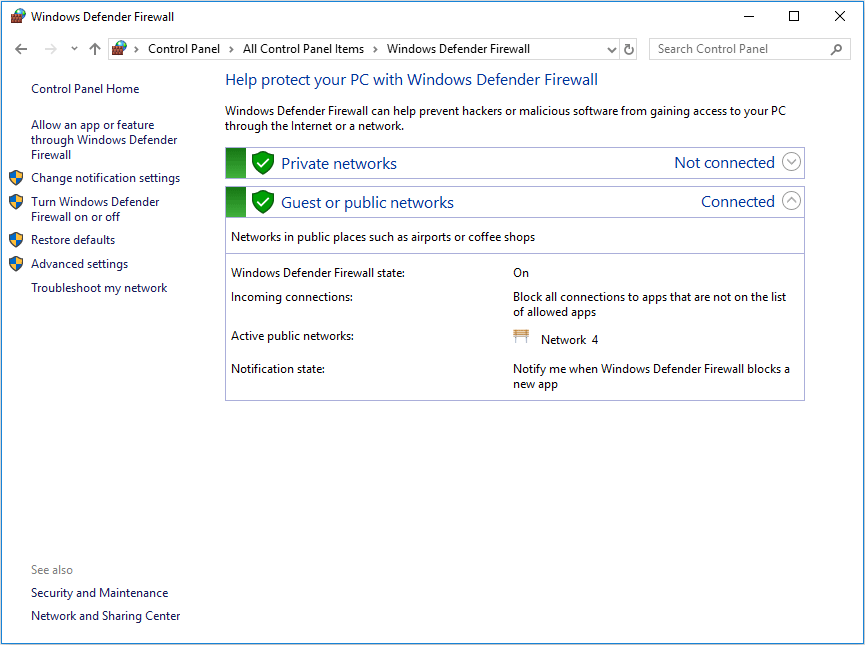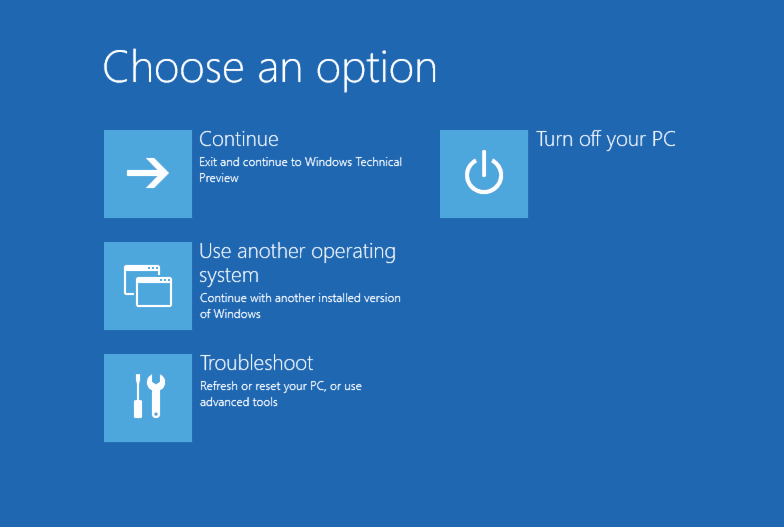
Additionally, you shouldn’t defer updates unless you have a good reason to e.g., the next version breaks a driver or essential component on your PC. If you use them to prevent a sudden system restart, it’s better to use the deferred updates feature instead. These apps may be the reason you’re having trouble installing updates. These apps work by disabling essential services that need to be running in order for new updates to be detected and installed. If you have any apps installed that block Windows updates, you should either disable them or uninstall them. Once the updates have been installed, you can change the deferment time back to 0 days. This time, they ought to download and you can manually install them, or allow Windows 10 to install them during your off hours. Return to the main Windows Update tab and allow it to check for updates again. Open both dropdowns and set the value to 5 days.

There are two types of updates feature and quality, and you can defer them individually.

On the Advanced Options screen, you have two dropdowns that let you choose when updates are delivered. Scroll down, and click ‘Advanced options’. Open the Settings app and go to the Update & Security group of settings. The fix has to do with deferring updates and you will need administrative rights on your system to apply it. This fix should work if cumulative updates fail to install, fail to download, or fail to be detected. The stuck cumulative updates are plaguing users again. In the worst scenarios, users are stuck in a boot loop. They download without any problems but fail to install. Since December, 2017 though, users have been unable to install them.


Cumulative updates are released monthly and on principle, they should install without any hiccups. The least it can do is limit update problems to major feature releases but it seems the cumulative updates have their own problems. It might be a safe bet to make that Microsoft will never completely get the hang of delivering updates to everyone without any problems.


 0 kommentar(er)
0 kommentar(er)
